The Essential Guide to Safety Eyewear: Protecting Your Vision in Every Scenario
In today's fast-paced world, eye protection is more critical than ever. Whether you're working in a lab, welding metal, shooting at a range, or simply needing vision correction in hazardous environments, the right safety eyewear can mean the difference between clear sight and permanent injury. This comprehensive guide explores the key types of protective eyewear—safety glasses, laboratory goggles, welding glasses, shooting eyewear, and prescription safety glasses—detailing their unique features, applications, and why they are indispensable in their respective fields.
1. Safety Glasses: The Everyday Protectors
Safety glasses are the most common form of eye protection, designed for general use in construction, manufacturing, and DIY projects. Unlike regular glasses, they meet ANSI Z87.1 or EN 166 safety standards, ensuring resistance to impact, dust, and flying debris.
Key Features:
(1).Polycarbonate lenses:Shatterproof and lightweight.
(2).Side shields:Optional for added protection against peripheral hazards.
(3).UV protection:Many models block harmful ultraviolet rays.
Best For:
Woodworking, grinding, and tasks where particles or chemicals could splash into the eyes.
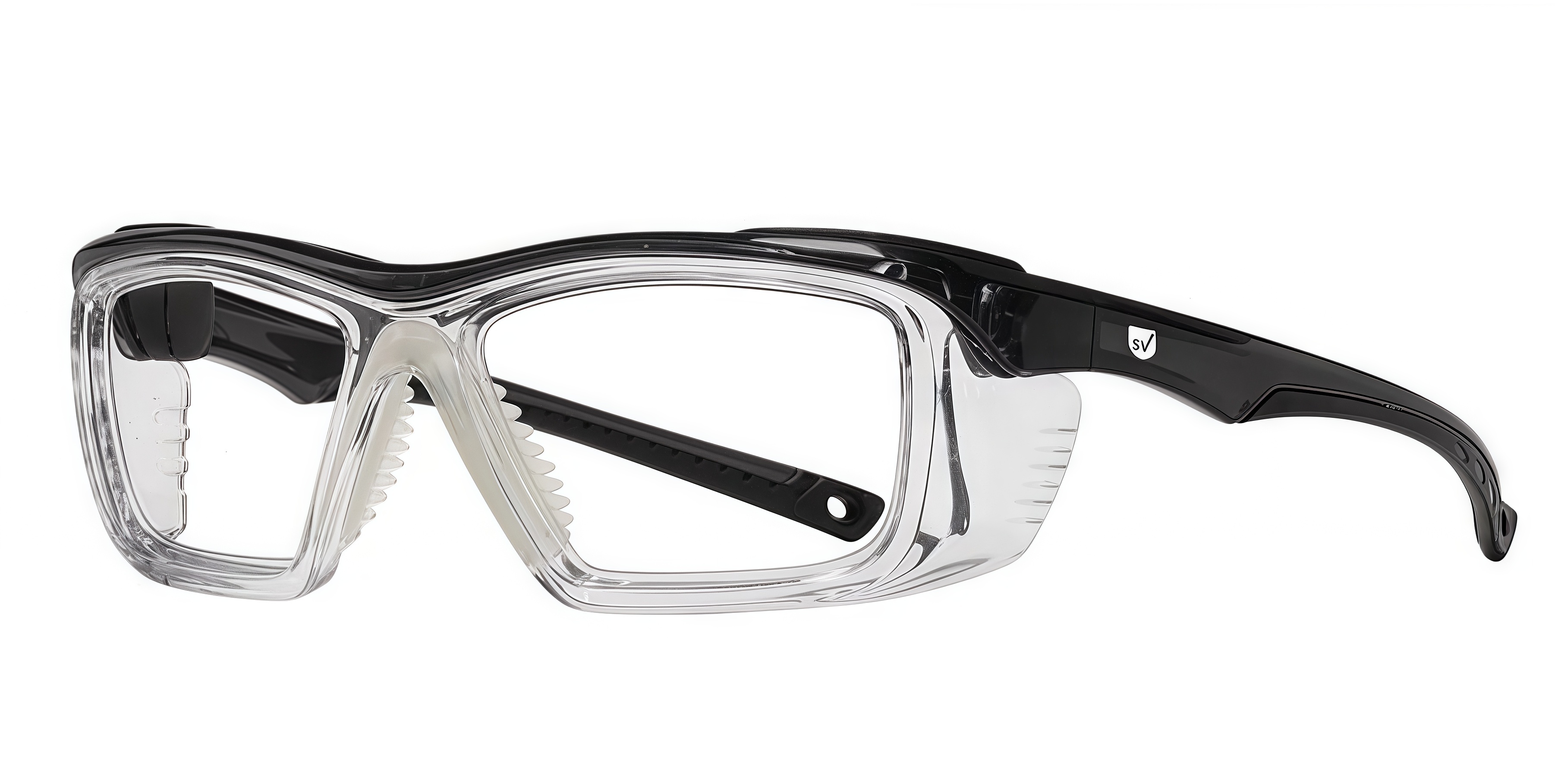
2. Laboratory Goggles: Shielding Against Chemical Splashes
Unlike safety glasses, laboratory goggles provide a secure seal around the eyes, protecting against liquid splashes, vapors, and fine particulates. They are a staple in chemical labs, medical facilities, and industrial settings dealing with corrosive substances.
Key Features:
(1).Ventilation:Indirect vents prevent chemical entry while reducing fogging.
(2).Full-coverage design:Wraps around the eyes completely.
(3).Anti-fog coatings:Essential for long hours of wear.
Best For:
Handling acids, biological samples, or any environment where airborne hazards exist.
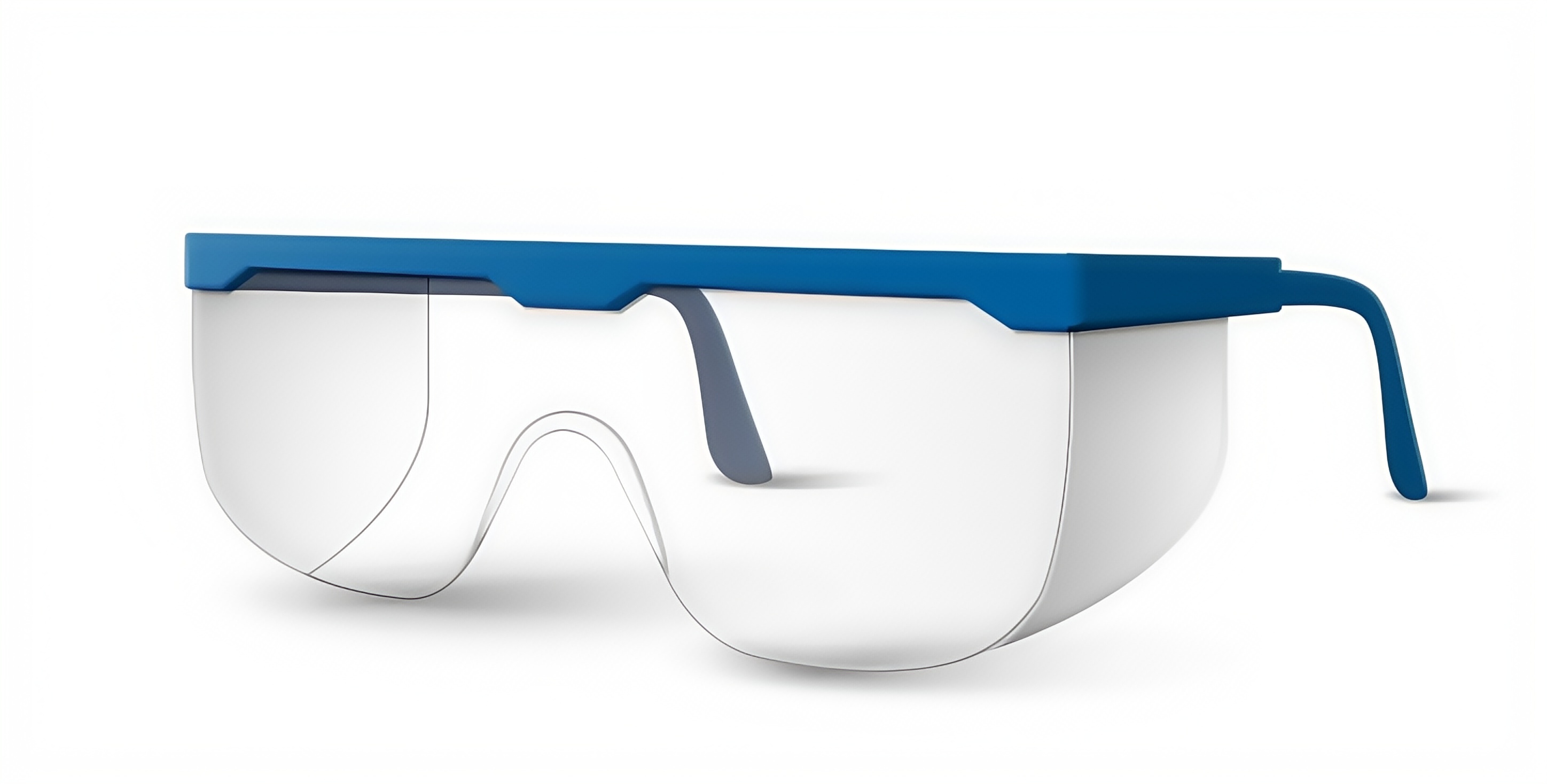
3. Welding Glasses: Defending Against Extreme Light and Heat
Welding produces intense ultraviolet (UV) and infrared (IR) radiation, sparks, and molten metal splatter. Standard safety glasses won’t suffice—welding glasses use specialized lenses to filter harmful light.
Key Features:
(1).Shade levels (3-14):Darker shades for higher-intensity welding.
(2).Durable frame materials:Heat-resistant to withstand sparks.
(3).Auto-darkening technology (in advanced models):Adjusts shade instantly when welding begins.
Best For:
Arc welding, plasma cutting, and any high-heat metalwork.
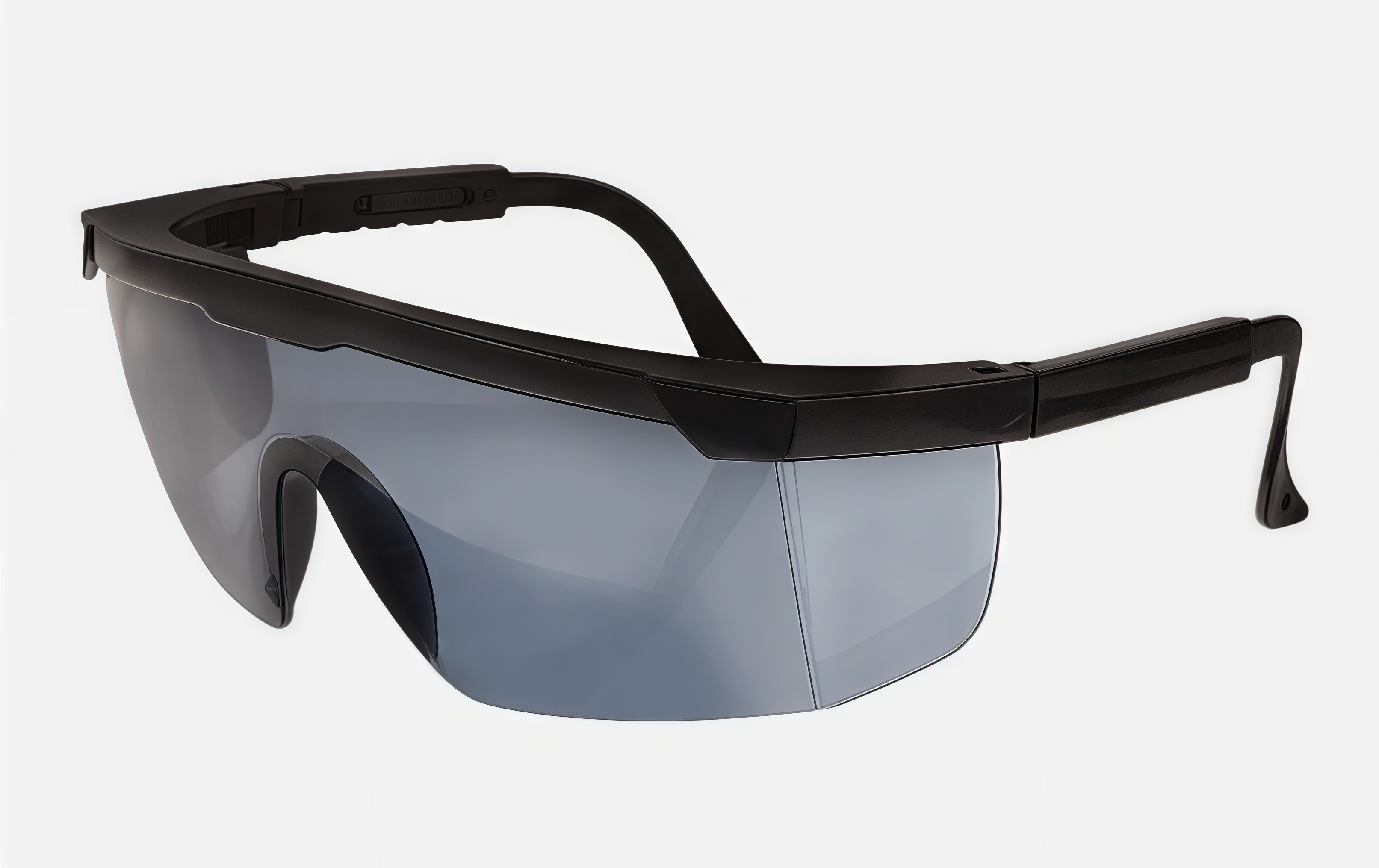
4. Shooting Eye Glasses: Precision and Impact Resistance
Whether for sport or professional use, shooting glasses protect against ricochets, shell casings, and environmental debris. They also enhance vision in varying light conditions.
Key Features:
(1).High-impact lenses:Rated for ballistic protection.
(2).Polarized or tinted options:Reduce glare for better target acquisition.
(3).Wraparound design:Ensures no blind spots.
Best For:
Hunters, competitive shooters, and law enforcement personnel.
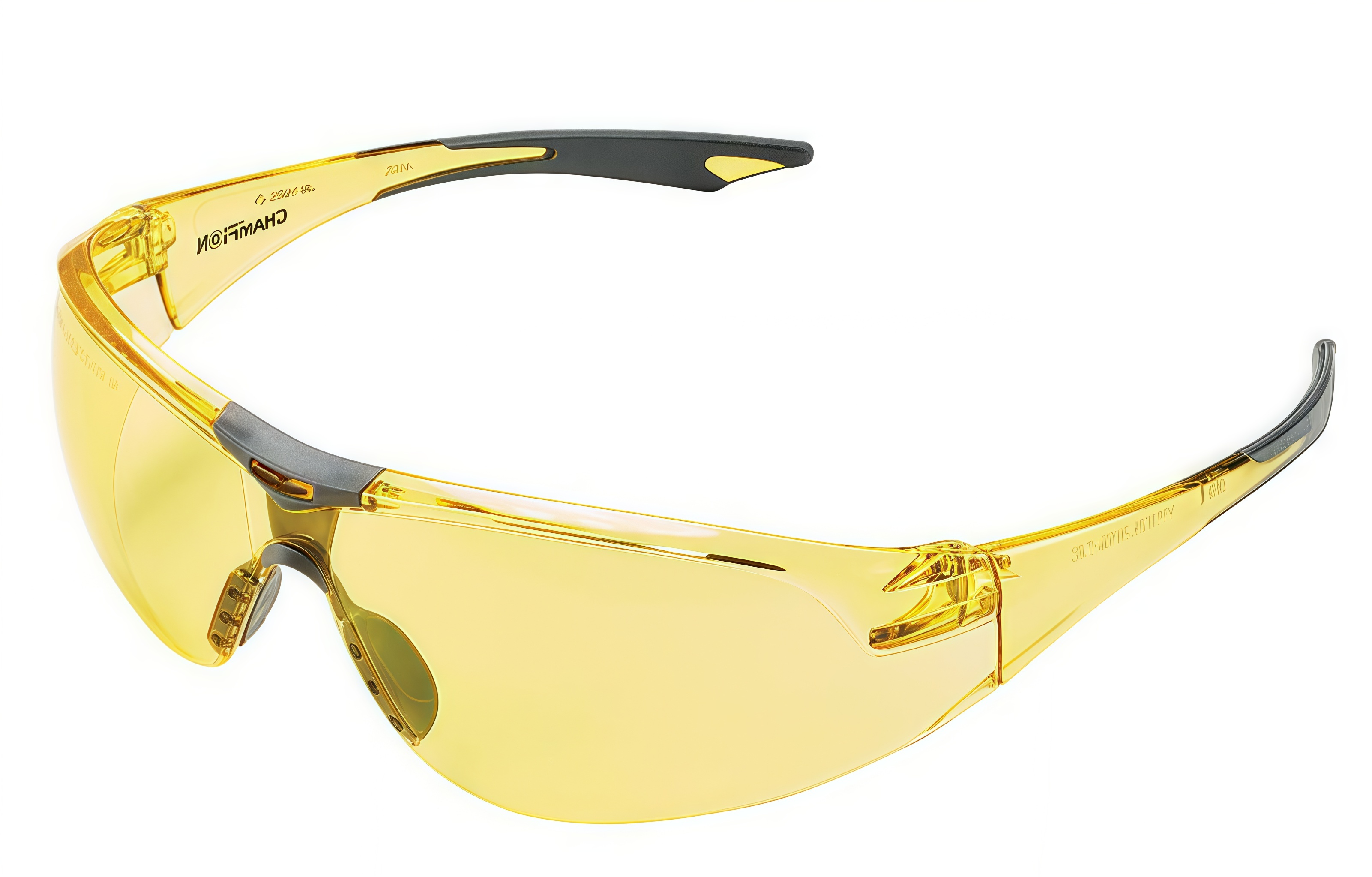
5. Prescription Safety Glasses: Clear Vision Meets Protection
For those who need vision correction, prescription safety glasses combine optical clarity with industrial-grade protection. They eliminate the need for wearing regular glasses underneath bulky goggles.
Key Features:
(1).Custom lenses:Corrective power with impact resistance.
(2).Compliance with safety standards:ANSI Z87.1 or OSHA-approved.
(3).Stylish designs:Modern frames that look like regular eyewear.
Best For:
Engineers, electricians, and professionals who need both vision correction and eye safety.
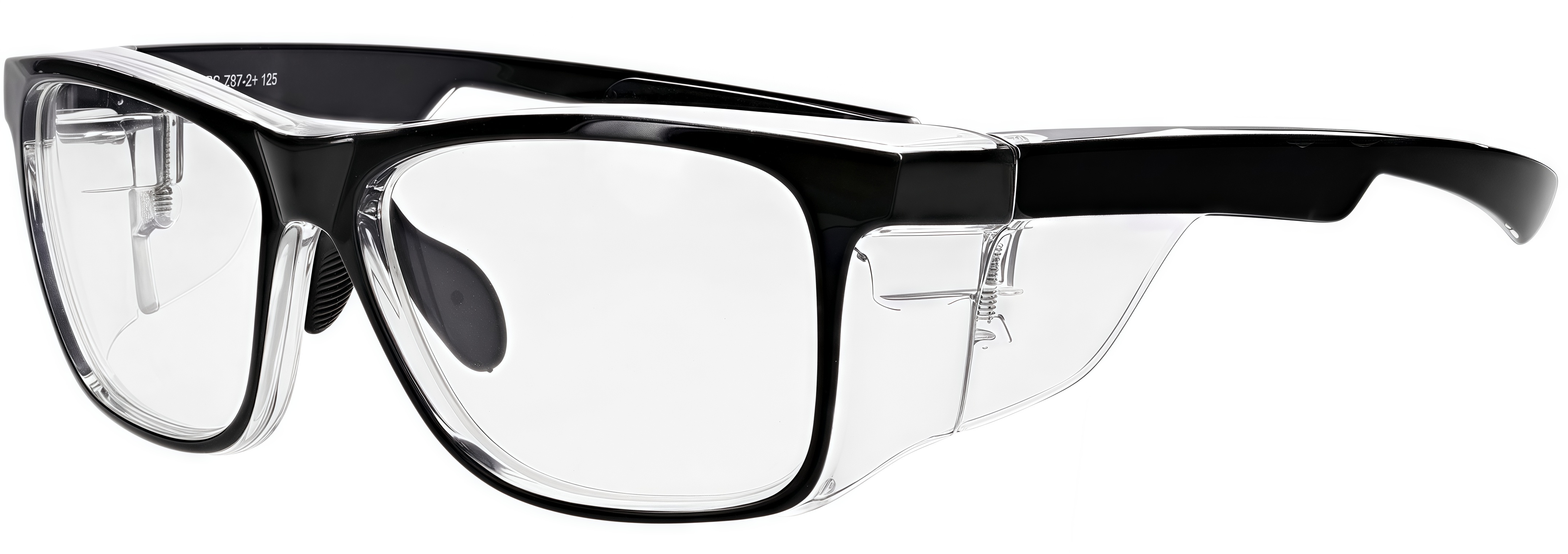
6.Why Proper Eye Protection Matters
According to the U.S. Bureau of Labor Statistics, thousands of workers suffer eye injuries annually, with many resulting in temporary or permanent vision loss. Shockingly, 90% of these injuries could have been prevented with proper eyewear.
Common Workplace Hazards:
(1).Flying debris (metal, wood, concrete fragments)
(2).Chemical burns (acids, solvents)
(3).Thermal hazards (welding arcs, molten metal)
(4).Radiation exposure (UV/IR from welding or lasers)
7.Choosing the Right Safety Eyewear
Selecting the best protective glasses depends on:
(1).The hazard type (impact, chemical, light radiation).
(2).Fit and comfort (adjustable straps, padded nose bridges).
(3).Certifications (look for ANSI, OSHA, or MIL-PRF markings).
Pro Tip:
Regular maintenance—cleaning lenses with microfiber cloths and inspecting for scratches—ensures long-term protection.
8.Conclusion: An Investment in Long-Term Vision Health
From construction sites to research labs, the right eyewear isn’t just an accessory—it’s a necessity. Safety glasses, lab goggles, welding glasses, shooting eyewear, and prescription safety glasses each serve distinct roles in safeguarding one of our most vital senses.
As workplace safety standards evolve, so does eyewear technology. Innovations like anti-fog coatings, transition lenses, and lightweight composites are making protection more comfortable and effective than ever.
Final Thought:
Your eyes are irreplaceable. Don’t compromise—choose the right protection today.


